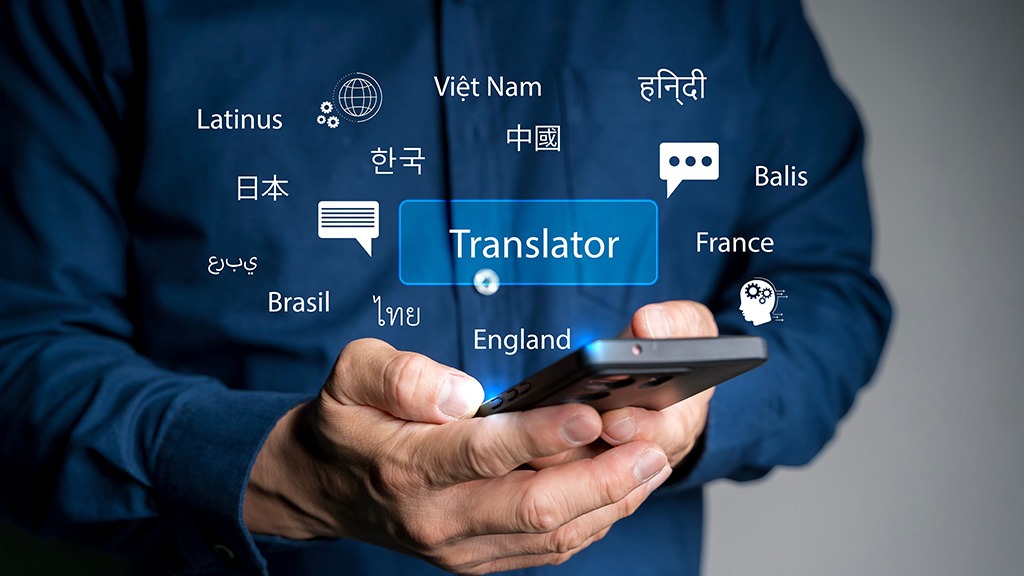If you’ve ever planned a trip abroad, you know it’s not just about booking flights and packing your bags; you also have to deal with paperwork. Most countries want your official documents in their own language before they’ll approve anything. That’s where translation services come in.
It’s easy to overlook, but a missing or incorrect translation can delay your travel plans or even cause your application to be rejected. Getting your documents properly translated means smoother processing and more time to focus on the fun parts of your journey.
In this guide, we’ll walk you through everything you need to know about translation services when traveling to a new country, what a certified translation is, why it matters, and how to make sure your documents are accepted wherever you’re headed.
Why Translation Services Matter When Traveling
Many countries require your official documents to be presented in their local language before they can process a visa, approve an application, or grant entry.
Translation services help bridge that gap. They ensure your documents are accurately translated and understood by officials, no matter where you’re headed.
But it’s not just any translation that will do. Free tools or machine translations, no matter how advanced, can’t produce legally valid documents.
For most official uses, you’ll need a certified translation, which includes a signed statement from the translator or translation agency confirming that the translation is complete, accurate, and true to the original. Authorities rely on this certification to verify that the information in the original document has been translated correctly.
What Is a Certified Translation?
A certified translation is an official translation of a document that comes with a signed declaration from the translator or translation agency confirming that it’s accurate and complete.
In other words, the translator certifies that the translated document is a true and faithful version of the original. This certification gives the translation legal validity, making it suitable for use with embassies, government offices, universities, and courts in the destination country.
Interestingly, what counts as a “certified translation” can vary depending on where you are in the world:
- United Kingdom: It is called a “certified translation or official translation,” and is usually accompanied by the translator’s or agency’s signed declaration. If you’re submitting documents to British authorities, use a certified translation UK provider so your paperwork meets Home Office standards.
- United States: Also referred to as a “certified translation,” but it must include a formal translator’s declaration verifying accuracy.
- France: Known locally as a “traduction assermentée,” meaning sworn translation, carried out by a “traducteur assermenté” (a sworn translator appointed by a Court of Appeal).
- Spain: Called a “traducción jurada,” produced by a sworn translator (traductor jurado) authorized by the Ministry of Foreign Affairs.
- Italy: Termed a “traduzione giurata,” produced by a translator sworn before a local court.
- United Arab Emirates: Referred to as an “MOJ-approved or legal translation,” completed by translators licensed by the Ministry of Justice in the UAE.
These distinctions matter because not all “certified translations” are accepted everywhere. Each country has its own rules about who can provide them and how they must be formatted or verified. Understanding the difference ensures your translated documents meet the exact legal or administrative standards of the country you’re submitting them to.
What Makes a Translation Certified?
A translation becomes certified when it meets certain official standards that prove its accuracy and authenticity.
Here’s what it involves;
- Must be completed by a qualified translator or approved translation agency. Only professionals with the right credentials or authorization can produce certified work.
- Include a signed and dated certification statement. This statement confirms that the translation is accurate and complete.
- Include the translator or agency credentials and contact details. These provide traceability and accountability, showing who took responsibility for the translation.
- Official validation is required. In some countries, the translation must also be stamped, notarized, or sworn before a court or authority to be legally valid.
What a Certified Translation Must Include
To be accepted by embassies, universities, or government offices, a certified translation must include:
- A full and accurate translation of the original document: Every word must be translated, with no omissions or summaries.
- A signed translator’s declaration or certificate of accuracy confirming that the translation is true and complete.
- The translator or agency’s name, signature, and contact information to verify authenticity.
- A copy of the original document attached to the translation for reference.
- Consistent formatting that mirrors the original layout, including seals, stamps, and signatures wherever possible.
Other Types of Certified Translations
Here are the main types of certified translations you might come across, depending on where your documents are being submitted:
- Sworn Translations: These are translations prepared by translators who are officially appointed or authorized by a court or government body. Their signature and seal give the document legal status, so it can be used in courts, universities, or public offices without further verification. They are common in countries like Spain, France, and Italy.
- Notarized Translations: These involve a notary public, who verifies the translator’s identity and signature, not the accuracy of the translation itself. This means, after the document is translated, you’ll need to take it to a notary public who will affix a notary stamp, verifying the identity and signature of the translator.
- Legalized or Apostilled Translations: Whether you need a legalized or apostilled translation depends on your country of use. If the country of use is a member of the Hague Apostille Convention, you’ll need to get an apostille from the issuing government authority in your country. But if the destination country is not a member of the Hague Apostille Convention, your documents will need to be legalized by the consulate or embassy.
Knowing which type of certified translation you need depends on your destination country and the institution requesting the document. Always check local requirements before submitting.
Documents That Often Require Certified Translation When Traveling
These are some of the most common ones:
Personal Documents
- Birth certificates, marriage certificates, divorce decrees, and death certificates
- Wills, testaments, and funeral paperwork
- Adoption papers and custody agreements
- Police clearance certificates, CRB/DBS checks, and change of name documents
- Passports and visas, and ID cards
- Diplomas, academic transcripts, and professional qualifications
- Medical records and healthcare documents
- Driving licences for DVLA exchanges or licence conversions
Business & Professional Documents
- Contracts, court documents, and witness statements
- HR documents such as payslips, references, and policies
- Financial records and reports
- Technical manuals, user guides, and training material
- Websites, business documents, and marketing content
- Commercial agreements and corporate filings
Top Translation Companies for Certified Translations
If you’re preparing documents for international travel use, choosing a reliable translation company can make all the difference.
Here are some of the top translation companies trusted by travelers, students, and professionals:
- Translayte: Known for certified, sworn, and notarized translations accepted by embassies, universities, and other official authorities. Translayte works with native translators across 150+ languages and offers same-day delivery options for urgent requests. They also offer USCIS, IRCC, UKVI, and NAATI translation.
- Day Translations: Provides certified document translations, interpretation, and localization, with offices in multiple countries for local support.
- Gengo (by Lionbridge): Focused on digital translation through a global network of freelance linguists. Great for smaller projects and quick turnaround.
- Rush Translate: Specializing in USCIS-certified translations, RushTranslate provides fast, legally recognized translations for immigration, academic, and professional use. Their services are accepted by U.S. government agencies, universities, and embassies worldwide, with same-day turnaround available.
- ImmiTranslate: Focused on immigration and visa document translation, ImmiTranslate delivers certified translations accepted by USCIS, IRCC, and embassies across multiple countries.
How to Choose the Right Translation Service
Not all translation services are created equal, especially when it comes to official documents. Before sending your paperwork off, take a moment to make sure the provider you choose can meet the requirements of your destination country or institution.
Here’s what to look for:
- Official accreditation: Choose a translator or agency recognized by the authority you’re submitting to (for example, UKVI, USCIS, IRCC, or NAATI).
- Experience with immigration or legal documents: Translating official paperwork requires precision and familiarity with legal terminology and formatting standards.
- Clear turnaround times and confidentiality: Check how quickly they can deliver certified translations and how they protect your personal information.
- Global reliability: A provider with international reach ensures your documents won’t be rejected.
Conclusion
From visa applications and university admissions to medical or legal paperwork, having your documents properly translated ensures they’re recognized and accepted wherever you go.
Before applying for a visa, enrolling in school, or starting a new job overseas, take the time to get your translations done right. It saves you from last-minute delays, rejected applications, and unnecessary headaches.


